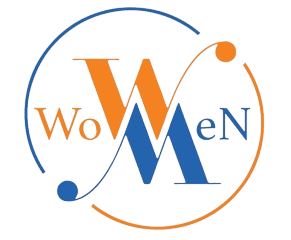(FAQs) about Laser Resurfacing
During laser resurfacing, a high-energy laser beam is targeted at the skin, causing controlled damage to the outer layers. This stimulates the body’s natural healing process, leading to the formation of new, healthier skin cells and collagen production.
Laser resurfacing can effectively treat a variety of skin concerns, including fine lines and wrinkles, sun damage, age spots, acne scars, uneven skin tone and texture, enlarged pores, and stretch marks.
There are different types of lasers used for resurfacing, including ablative lasers (such as CO2 and Erbium) that remove the outer layers of skin, and non-ablative lasers (such as fractional lasers) that target deeper layers of skin without removing the surface.
The level of discomfort during laser resurfacing can vary depending on the type of laser used and individual pain tolerance. Local anesthesia or topical numbing cream is often applied to the skin before the procedure to minimize discomfort.
The number of laser resurfacing sessions needed varies depending on factors such as the patient’s skin concerns, treatment goals, and the type of laser used. Some patients may see significant improvement after just one session, while others may require multiple sessions for optimal results.
There is typically downtime after laser resurfacing, ranging from a few days to a couple of weeks, depending on the depth of treatment and individual healing response. Common side effects include redness, swelling, peeling, and temporary changes in skin pigmentation.
While laser resurfacing is generally safe when performed by a qualified provider, some potential risks and side effects may occur, including infection, scarring, changes in skin pigmentation, and prolonged redness or swelling.
The duration of results from laser resurfacing varies depending on factors such as the patient’s skin concerns, skincare regimen, and lifestyle factors. With proper maintenance and sun protection, results can last for several months to years.
